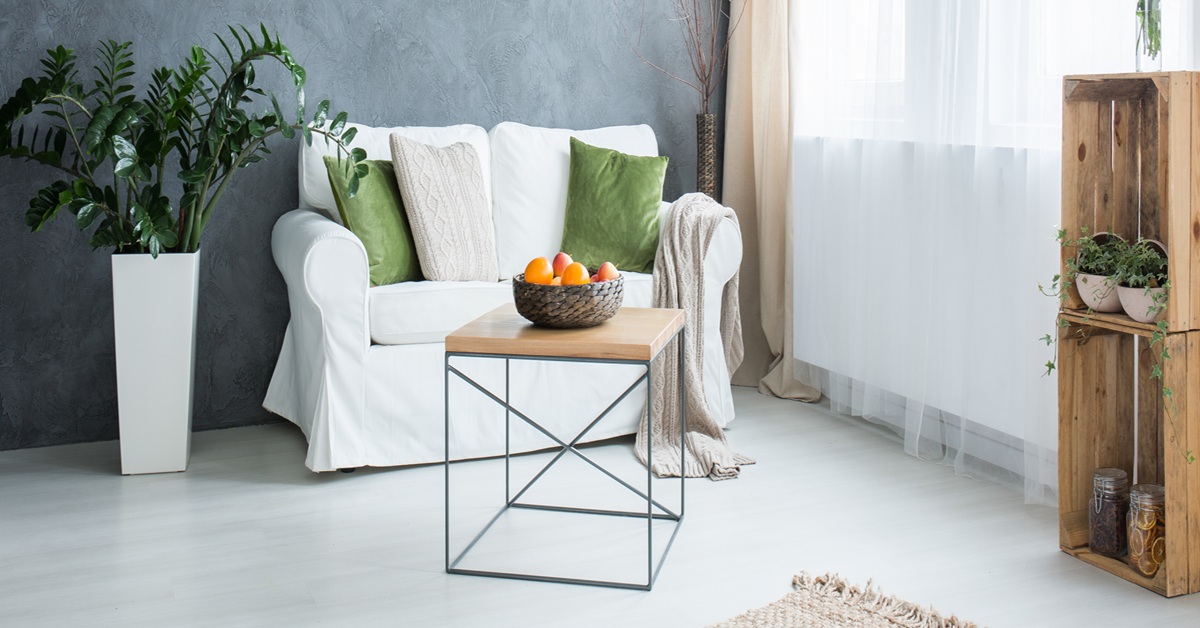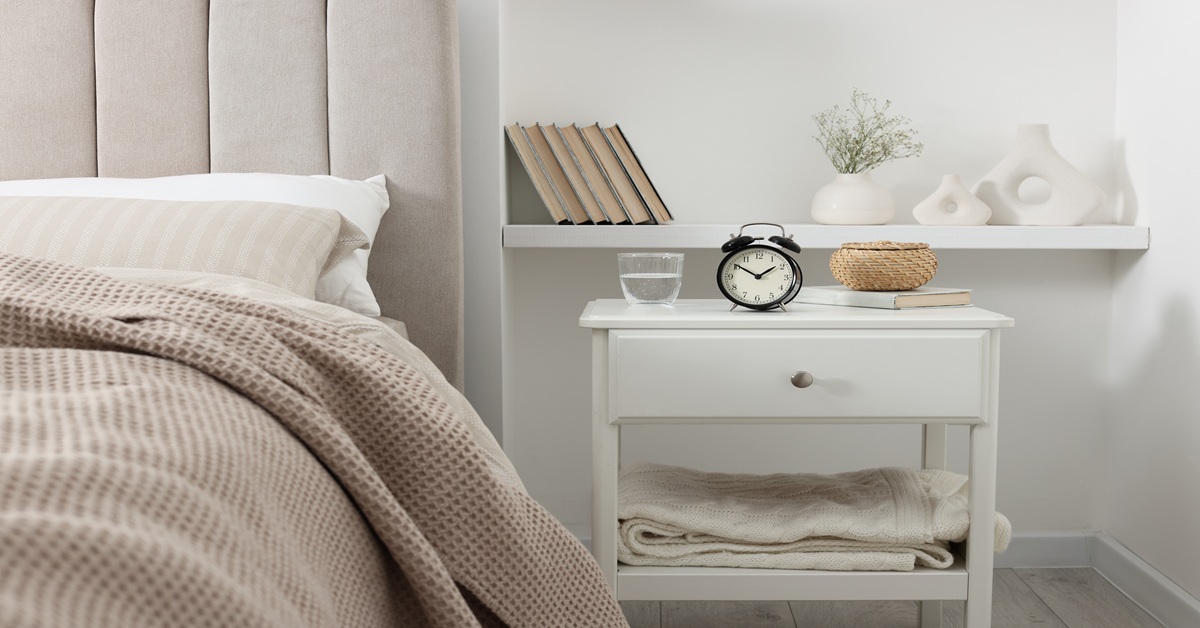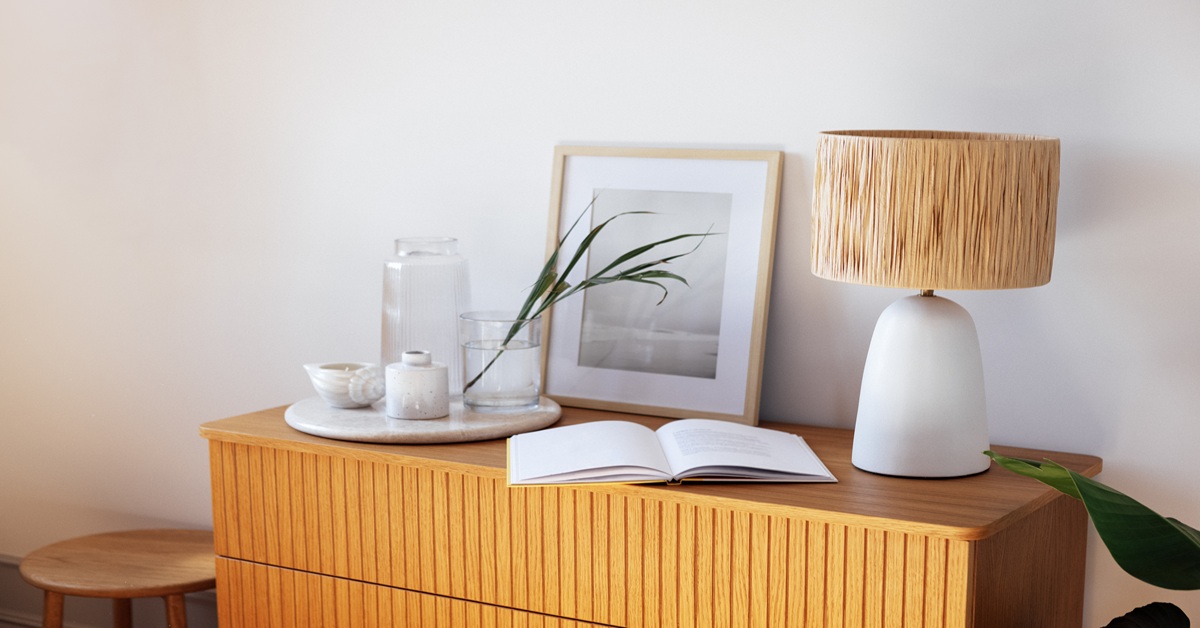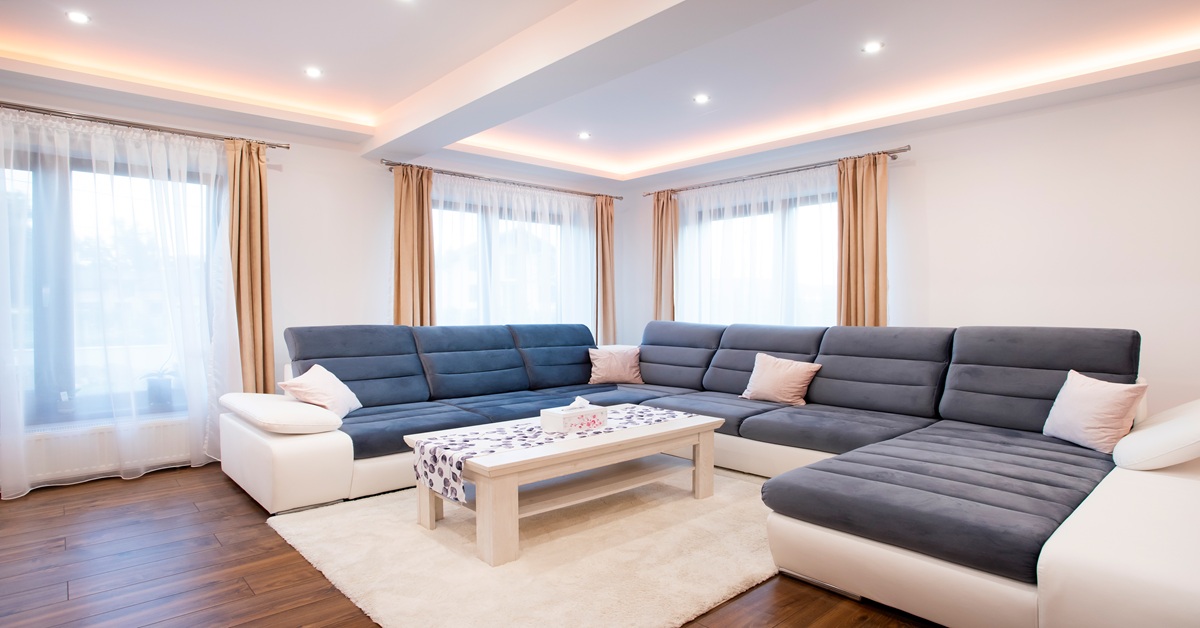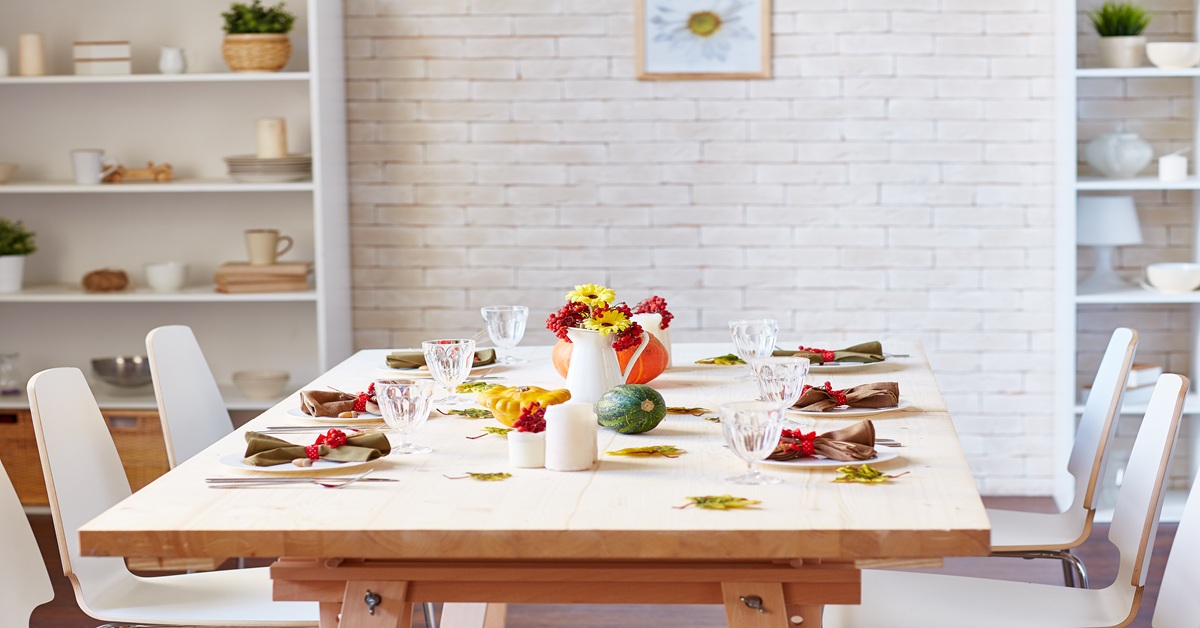Introduction
Do you want to unleash your creativity and build something spectacular by yourself? Look no further, plywood is the unsung hero of the DIY industry. You can easily find and use this material. It can change the game for anyone wanting to change their home or make unique and personalised items without spending much money. If you know how to utilise plywood for DIY projects, you can undertake almost any job with confidence and get professional-looking results in your garage or workshop. In this blog, we tell you all there is to know about plywood for your DIY projects.
Table of Contents
Why Plywood is the Ultimate Material for DIYers
Cutting and Joining Plywood for Success
Choosing the Right Plywood Grade for Your Project
Unique Plywood Projects for Storage and Decor
Why Plywood is the Ultimate Material for DIYers
Plywood is the best material for people who want to build something themselves because it offers a unique mix of properties that is hard to beat. It is incredibly robust and stable because it is constructed of many thin veneers that are glued and cross-banded together. Your DIY projects will stay robust and true to form over time since plywood is less likely to bend, shrink, or shatter than solid wood. Because it is naturally strong, it is a fantastic choice for everything from structural pieces to beautiful furniture, which makes it easier to put together.
Plywood is also great for people who like to do things themselves because it’s feasible and easy to find. It is a good option for woodworking that doesn’t sacrifice quality or performance compared to many other materials. The regular sheet sizes also make it easy to move and cut, which cuts down on waste and makes planning projects easier. Because of this accessibility, those who want to do their woodworking can easily get the supplies they need to make their plywood DIY ideas come to life. This makes woodworking easier for everyone.
Plywood is quite flexible and can be used for a wide range of projects, from making strong bookcases and custom workstations to making ornamental wall panels and even complex toy boxes. Plywood comes in different grades, which makes it even more useful for DIYers who want to work on projects indoors and outdoors.
Cutting and Joining Plywood for Success
You need to know how to cut and put together pieces of wood if you want your plywood DIY projects to seem professional. No matter what kind of saw you have, whether it’s a circular saw or a table saw, you should always use a sharp blade that is suited for wood. This will help you cut straight and clean. To make sure you get it perfectly, use a guide rail or straight edge, especially for long cuts. Cut once and measure twice. You can either score the cut line first or use a fine-tooth blade to keep the face veneer from tearing out. This will give you a smoother edge that is ready to be finished.
It’s crucial to choose the right approach to put your components together so that they look good and are strong once they are cut. For DIY projects, pocket hole screws are a popular choice since they provide strong connections that aren’t visible from the outside. Biscuit joinery or dowel pins are wonderful for lining up and reinforcing furniture components. Utilise glue to produce a practically invisible seam. This is fantastic for furniture faces or designs that are hard to make. For many DIY plywood projects that need to be put together quickly and last a long time, wood glue and screws work well when used together and in the proper areas.
No matter how you do it, it’s vital to prepare and join the plywood correctly. Always drill pilot holes first, especially near edges, to stop screws from breaking. To make the strongest bond, put a smooth, even layer of wood glue on both surfaces and hold the joint tightly until the glue is completely dry. Your plywood projects will be considerably stronger and look better if you follow these specific steps for cutting and connecting.
Unleash your inner craftsman and discover practical and stylish plywood DIY ideas you can build yourself now!
Choosing the Right Plywood Grade for Your Project
Choosing the right grade of plywood is very important for the success and long life of your plywood DIY projects. There are letter grades (A, B, C, D) on plywood that show how good the face and back veneers are. A-grade or B-grade plywood is best for projects that need a smooth, paintable, or stainable surface, like furniture or cabinets. This is because it has no flaws. On the other hand, C-grade or D-grade might be fine for structural pieces or concealed parts where looks aren’t as important, which would save money.
You need to think about more than just how the plywood looks because the type of adhesive used will also affect how well it resists moisture. Plywood with an MR (Moisture Resistant) grade is good for indoor use, such as kitchen cabinets, where there could be some humidity. BWP (Boiling Water Proof) or Marine Grade plywood is necessary for projects that will be outside or in a lot of moisture, like bathroom vanities or garden planters. These kinds of plywood use waterproof glues, which let them last longer against water damage and delamination. This is important for long-lasting DIY projects.
The type of wood veneer employed also affects the plywood’s qualities. Plywood produced from birch, oak, or maple is very strong and has a beautiful texture, making it great for projects that will make people stop and stare. Softwood plywood, which is usually constructed from pine or fir, is better for framing or subflooring. Understanding these distinctions in grade and type ensures you select plywood that not only meets your project’s functional demands but also aligns with your aesthetic goals, leading to successful and satisfying plywood DIY ideas.
Unique Plywood Projects for Storage and Decor
Plywood truly stands out when it comes to creating innovative storage and decorative pieces that elevate any space, proving the endless potential of plywood DIY ideas. Consider crafting custom modular shelving units that can be reconfigured as your needs change, offering flexible storage for books, collectables, or craft supplies. A wall-mounted plywood desk can provide a minimalist workspace in a small room, blending seamlessly into the decor while maximising floor space. These projects combine practicality with contemporary design, showcasing plywood’s adaptability.
For decorative accents, plywood can be transformed into stunning wall art, intricate lampshades, or even unique planters. Its flat, uniform surface is perfect for applying paint, allowing for personalised artistic expression. Imagine a geometric plywood wall sculpture that adds a modern touch to your living room or a set of nesting tables that offer both functionality and a sleek aesthetic. These projects not only enhance your home’s visual appeal but also demonstrate the versatility of DIY craftsmanship.
Beyond static pieces, plywood’s strength and workability lend themselves to more dynamic creations. Think about building a versatile room divider with integrated shelves or a custom window seat with hidden storage, optimising space in multi-functional rooms. Even a simple plywood box can become a stylish storage solution or a unique display stand with the right finish. These unique plywood DIY ideas prove that this material is a go-to for adding both utility and character to your home.
Ready to get creative? Explore our inspiring plywood DIY ideas and start your next project today!
Conclusion
From crafting bespoke furniture to devising innovative storage solutions and decorative accents, plywood stands as an unparalleled material for every DIY enthusiast. Its inherent strength, stability, and remarkable versatility, coupled with its affordability, make it the ultimate choice for transforming any space with creativity and precision. Embracing plywood DIY ideas empowers you to not only build functional and beautiful pieces but also to develop new skills and add significant personal value to your home. The journey of transforming raw material into a cherished item is incredibly rewarding, proving that with plywood, the only limit is your imagination.
Discover the premium range of plywood from Wigwam Ply for your next DIY project now!
FAQs
1. What tools do I need for plywood DIY?
Basic tools include a saw, drill, sander, and measuring tape.
2. How do I cut plywood precisely?
Use a circular saw with a guide or a table saw for straight cuts.
3. Can I paint directly on plywood?
Yes, but sand and prime it first for a smooth finish.
4. What kind of screws should I use for plywood?
Use wood screws or self-tapping screws appropriate for plywood thickness.
5. How can I hide plywood edges?
Use edge banding or a veneer tape for a finished look.


